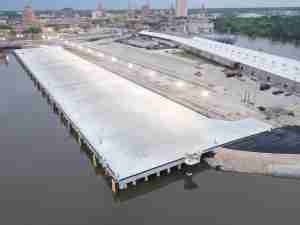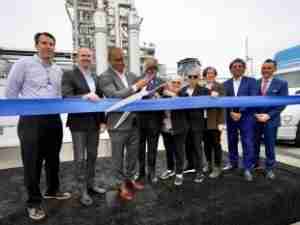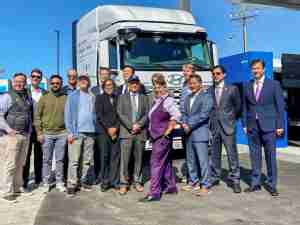As part of the Port’s plans, the proposed Pier S development on a vacant 160-acre parcel would utilize the latest technology and practices for reducing air pollution from cargo operations.
Ships would plug into clean electricity at berth, on-dock rail lines would help to minimize truck trips, and the cleanest cargo-handling equipment would move containers on the Pier.
Meanwhile, the new terminal would help to further cement the Port’s role as a premier gateway for cargo. By taking steps to remain competitive, the Port would be able to sustain additional jobs in the region.
“A Pier S development would support tens of thousands of new jobs in the region and supply Southern California’s business and consumer needs,” said Richard D. Steinke, Executive Director of the Port of Long Beach. “A Pier S terminal would help to modernize the Port of Long Beach as we seek to sharpen our competitive edge in the goods movement industry.”
The Port has prepared a draft environmental impact statement (DEIS) and supplemental environmental impact report (SEIR) analyzing the impacts of the proposed development, and the mitigation measures that would be used to address those impacts. The Port has released the DEIS/SEIR for a public review period, which continues through November 15, 2011.
As part of the project, the Port would implement all the aggressive environmental measures in the San Pedro Bay Ports Clean Air Action Plan and Water Resources Action Plan, and meet sustainability goals outlined in the Green Port Policy. Environmental features on a new container terminal would include:
Shore power so all ships will “plug in” to clean electricity while berthed, rather than using their own diesel engines.
On-dock rail yard to maximize the use of trains, to move cargo in and out of the terminal, reducing the need for trucks.
A “green lease” requiring environmental measures such as low-polluting terminal yard equipment.










